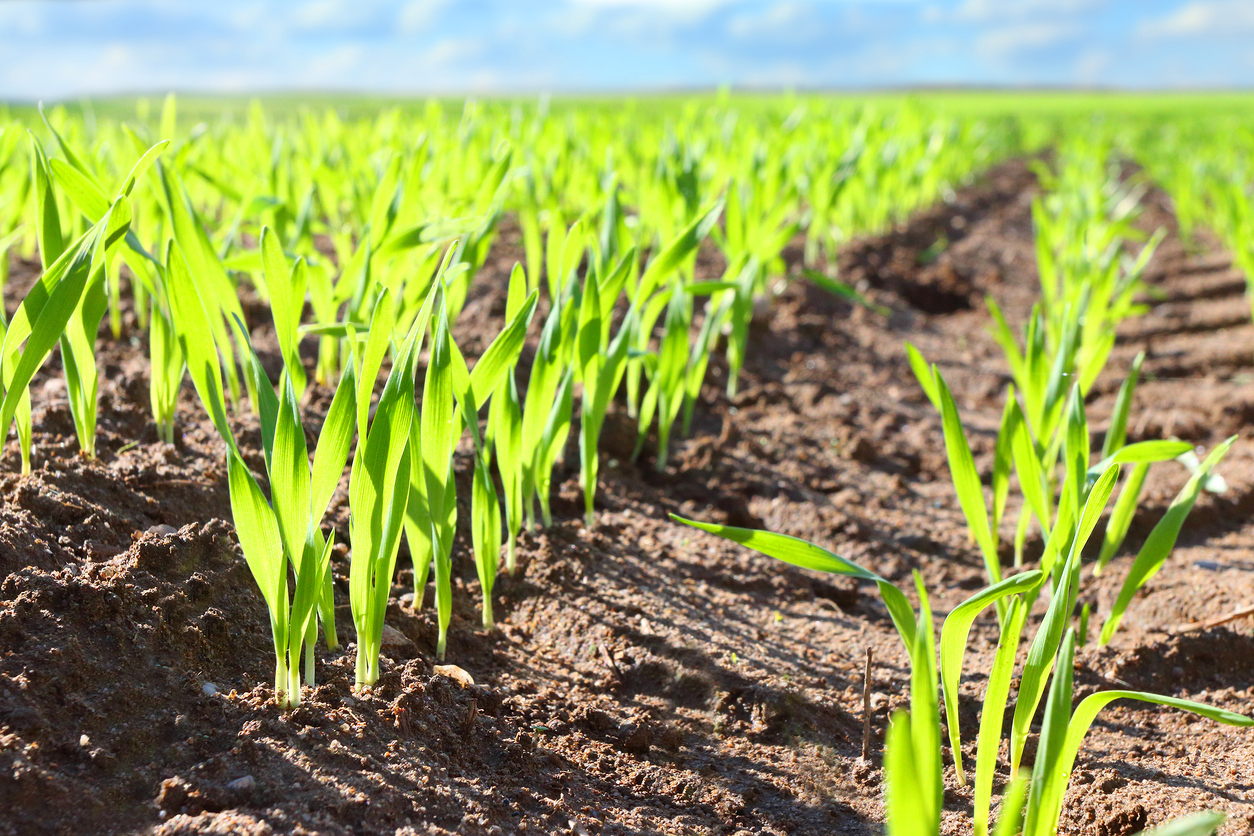Sorghum Sudan after Wheat Harvest
While most farmers have purchased their corn and soybeans, they may not have purchased cover crop seed grown after wheat harvest. Now is the time to start making decisions on buying seed, because cover crop seed supplies are in short supply.
The most common question I get on cover crops is: What is the best cover crop? It depends on what you want to accomplish. My favorite cover crop after wheat is Sorghum Sudan (SS) grass. Why? Because SS grass reduces soil compaction and improves soil structure, it adds carbon or soil organic matter (SOM), and it is a supplemental forage crop for beef, dairy, and sheep. Livestock eat it like candy!
On our heavy clay soils (Paulding, Toledo, Hoytville) in Putnam County, SS grass has the ability to increase water infiltration, reduce water runoff and decrease ponding water. In the last 50 to 100 years, we have lost almost 60% of our soil organic matter, so by growing another crop, farmers can greatly increase their SOM levels. After wheat harvest is a great time to grow another crop, improve your soil, feed your livestock, and feed your soil microbes.
So why not grow soybeans? There are several potential problems with growing double crop soybeans. One is the lack of diversification and the potential for increased soybean diseases and insects. Second, yields tend to much lower, and soybeans are not cheap to plant. Third, you may make money on average 2 years, lose money 2, and break even about 1 year out of every 5 years you double crop soybeans. It is a real gamble to try to make double crop soybean pay consistently.
Sorghum Sudan grass is a summer annual and dies with the first frost. Sorghum Sudan germinates at 65˚ F, should be planted or drilled at least 1-1.5 inches deep and requires about 30 to 35 pounds of seed per acre. It also requires about 90-100 pounds of actual nitrogen from fertilizer, manure, or growing a legume with the SS grass. Cowpeas or another legume like winter peas can be planted to help supply nitrogen. Sorghum Sudan is heat and drought tolerant but does not grow well in saturated soils and does not tolerate freezing. It grows well with a pH range of 6.0 to 7.0 and can reach a height of 8 feet, yielding 4 to 11 tons of forage depending on the number of cuttings.
To maximum SS grass benefits, let it grow to a height of 2-3 feet. Then harvest the tops for feed (leaving 6 inch stubble for fast regrowth) or mow it and leave the stubble to build SOM. When SS grass is mowed or harvested, the roots tiller and produces 5x-9x more roots; which greatly increases the SOM. The regrowth will have a higher relative feed value (RFV) and it will be high in sugar.
Sorghum Sudan greatly improves soil quality by increasing the carbon content of the soil. What you see above ground is roughly what is produced under ground. Short-term, farmers can add about a half percentage of SOM just by growing SS grass for one year.
The real benefit comes from the change in soil structure. Farmers who plant SS grass often remark how mellow the soil becomes and how well the field drains the next year. Sorghum Sudan grass has a fibrous root system that breaks up hard pans in clay soils, adding the sugars and the carbon to promote good soil structure.
So farmers can make money feeding the above ground portion to their livestock while feeding the other livestock they tend to forget about, the soil microbes. Soil microbes are like soluble bags of fertilizer, recycling and storing soil nutrient for future crops.
The following year, the best crop to grow is no-till soybeans, due to the high carbon content of SS grass. Do not be tempted to chisel or plow the residue! Plowing or chiseling just adds oxygen to the soil, causing the soil microbes to break down the carbon and releases it as carbon dioxide in the atmosphere. On a heavy clay soil, the SS grass increased one farmer’s yield from 25-30 to 49-55 bushel soybeans. If you have wheat in your crop rotation, it is a shame not to plant something that can improve your soil and make you money.
